LED Mask for Skin Conditioning - Available Now
LED Mask for Skin Conditioning - Available Now
Couldn't load pickup availability
An LED red light mask is an innovative skincare device that harnesses the power of multiple beneficial wavelengths to improve facial skin health. Red light penetrates deeply into the skin, stimulating collagen production and reducing the appearance of fine lines and wrinkles. Using other wavelengths can work synergistically to enhance skin elasticity, even out skin tone, and give the complexion a more youthful, radiant glow. Other wavelengths (colours) hold other benefits, according to the scientific references shown below, so we have included those extra wavelengths in this device for you. Regular use of LED light therapy can lead to firmer, smoother, and more rejuvenated skin.
Use these types of LED technologies for no more than 20 minutes per day with a professional skincare regimen.
Red (630-660 nm):
- Stimulates collagen production, reducing wrinkles and fine lines [1]
- Promotes wound healing and tissue repair [2]
- Reduces inflammation and pain [3]
Yellow (570-590 nm):
- Improves skin tone and reduces redness [7]
- Stimulates lymphatic drainage and detoxification [8]
- Enhances wound healing and reduces scarring [9]
Green (495-570 nm):
- Targets pigmentation issues, such as age spots and sun damage [10]
- Calms irritated skin and reduces redness [11]
- Promotes lymphatic drainage and reduces puffiness [12]
Blue (415-495 nm):
- Targets acne-causing bacteria, reducing breakouts [13]
- Regulates sebum production, minimizing oiliness [14]
- Calms inflammation and soothes irritated skin [15]
Purple (a combination of red and blue):
- Combines the benefits of red and blue light
- Promotes cell regeneration and wound healing [16]
- Reduces inflammation and acne-causing bacteria [17]
References:
[1] Wunsch, A., & Matuschka, K. (2014). A controlled trial to determine the efficacy of red and near-infrared light treatment in patient satisfaction, reduction of fine lines, wrinkles, skin roughness, and intradermal collagen density increase. Photomedicine and laser surgery, 32(2), 93-100.
[2] Chaves, M. E. A., Araújo, A. R., Piancastelli, A. C. C., & Pinotti, M. (2014). Effects of low-power light therapy on wound healing: LASER x LED. Anais brasileiros de dermatologia, 89(4), 616-623.
[3] Bjordal, J. M., Couppé, C., Chow, R. T., Tunér, J., & Ljunggren, E. A. (2003). A systematic review of low level laser therapy with location-specific doses for pain from chronic joint disorders. Australian journal of physiotherapy, 49(2), 107-116.
[4] Kim, W. S., & Calderhead, R. G. (2011). Is light-emitting diode phototherapy (LED-LLLT) really effective?. Laser therapy, 20(3), 205-215.
[5] Karu, T. I., & Kolyakov, S. F. (2005). Exact action spectra for cellular responses relevant to phototherapy. Photomedicine and Laser Therapy, 23(4), 355-361.
[6] Hamblin, M. R. (2017). Mechanisms and applications of the anti-inflammatory effects of photobiomodulation. AIMS biophysics, 4(3), 337-361.
[7] Lee, S. Y., Park, K. H., Choi, J. W., Kwon, J. K., Lee, D. R., Shin, M. S., ... & Lee, M. G. (2007). A prospective, randomized, placebo-controlled, double-blinded, and split-face clinical study on LED phototherapy for skin rejuvenation: clinical, profilometric, histologic, ultrastructural, and biochemical evaluations and comparison of three different treatment settings. Journal of Photochemistry and Photobiology B: Biology, 88(1), 51-67.
[8] Ignon, T. (2011). LED Therapy. Aestheticians Journal, 1, 22-23.
[9] Frangez, I., Cankar, K., Ban Frangez, H., & Smrke, D. M. (2017). The effect of LED on blood microcirculation during chronic wound healing in diabetic and non-diabetic patients-a prospective, double-blind randomized study. Lasers in Medical Science, 32(4), 887-894.
[10] Barolet, D., & Boucher, A. (2010). Radiant near infrared light emitting diode exposure as skin preparation to enhance photodynamic therapy inflammatory type acne treatment outcome. Lasers in Surgery and Medicine, 42(2), 171-178.
[11] Barolet, D., & Roberge, C. J. (2009). Phototherapy for dermatologic conditions. Seminars in Cutaneous Medicine and Surgery, 28(4), 213-225.
[12] Jagdeo, J., Austin, E., Mamalis, A., Wong, C., Ho, D., & Siegel, D. M. (2018). Light-emitting diodes in dermatology: A systematic review of randomized controlled trials. Lasers in Surgery and Medicine, 50(6), 613-628.
[13] Kawada, A., Aragane, Y., Kameyama, H., Sangen, Y., & Tezuka, T. (2002). Acne phototherapy with a high-intensity, enhanced, narrow-band, blue light source: an open study and in vitro investigation. Journal of Dermatological Science, 30(2), 129-135.
[14] Lee, S. Y., You, C. E., & Park, M. Y. (2007). Blue and red light combination LED phototherapy for acne vulgaris in patients with skin phototype IV. Lasers in Surgery and Medicine, 39(2), 180-188.
[15] Aziz-Jalali, M. H., Tabaie, S. M., & Djavid, G. E. (2012). Comparison of red and infrared low-level laser therapy in the treatment of acne vulgaris. Indian Journal of Dermatology, 57(2), 128-130.
[16] Opel, D. R., Hagstrom, E., Pace, A. K., Sisto, K., Hirano-Ali, S. A., Desai, S., & Swan, J. (2015). Light-emitting diodes: a brief review and clinical experience. The Journal of Clinical and Aesthetic Dermatology, 8(6), 36-44.
[17] Ash, C., Dubec, M., Donne, K., & Bashford, T. (2017). Effect of wavelength and beam width on penetration in light-tissue interaction using computational methods. Lasers in Medical Science, 32(8), 1909-1918.
Share
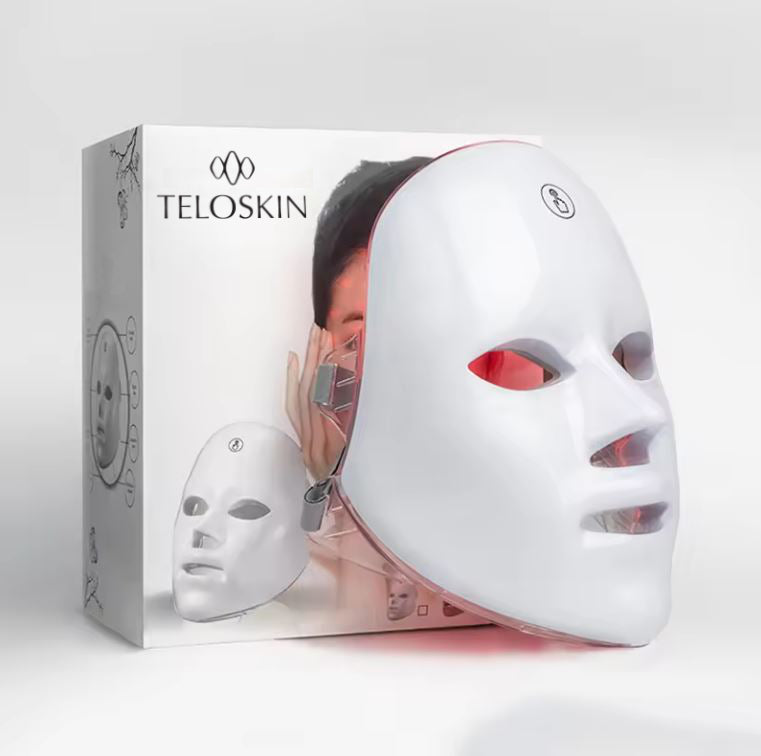
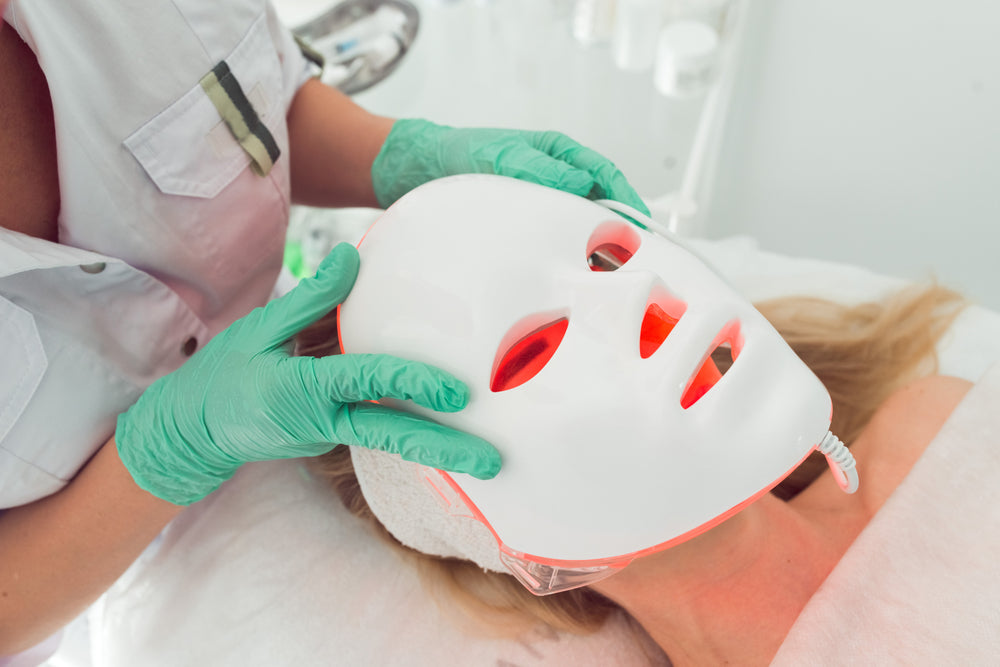
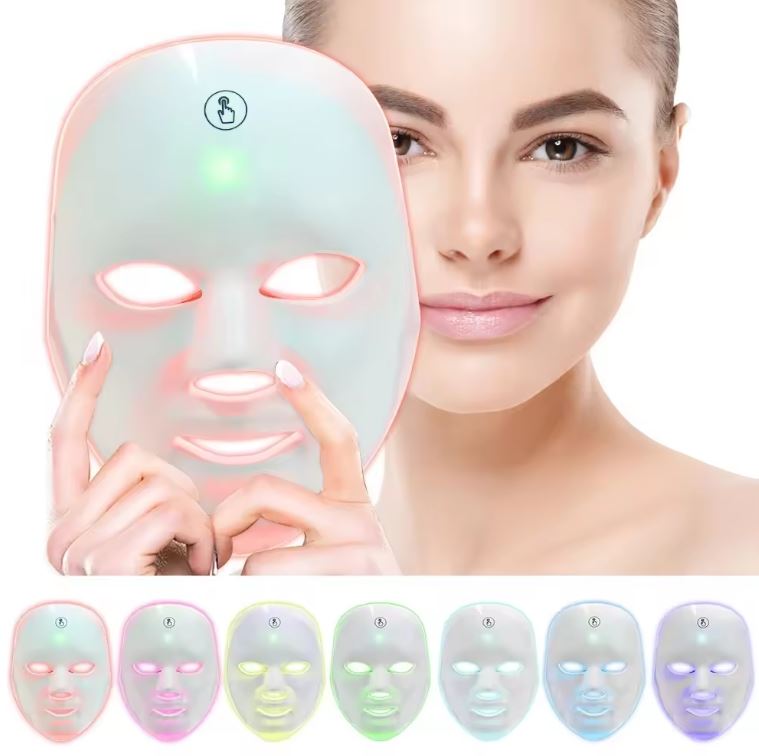
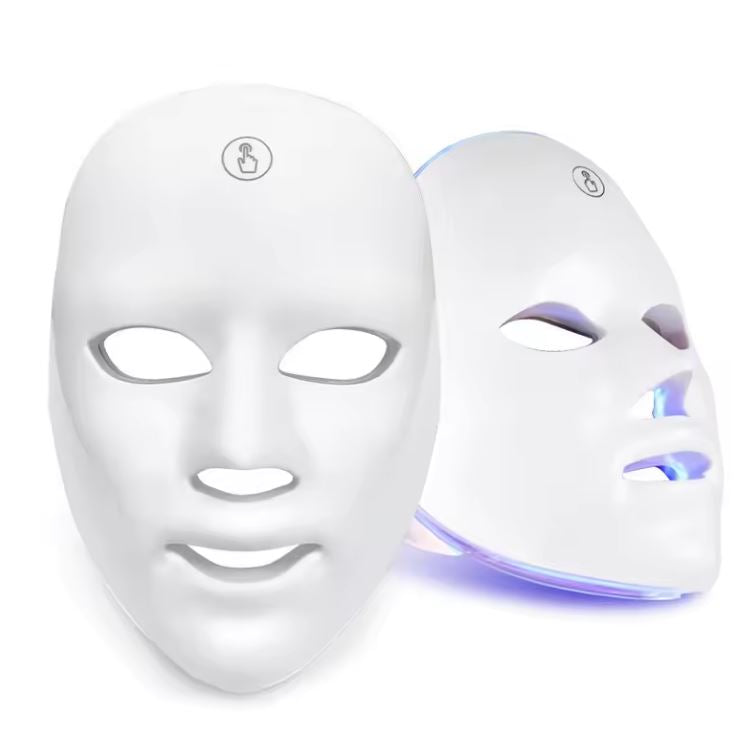
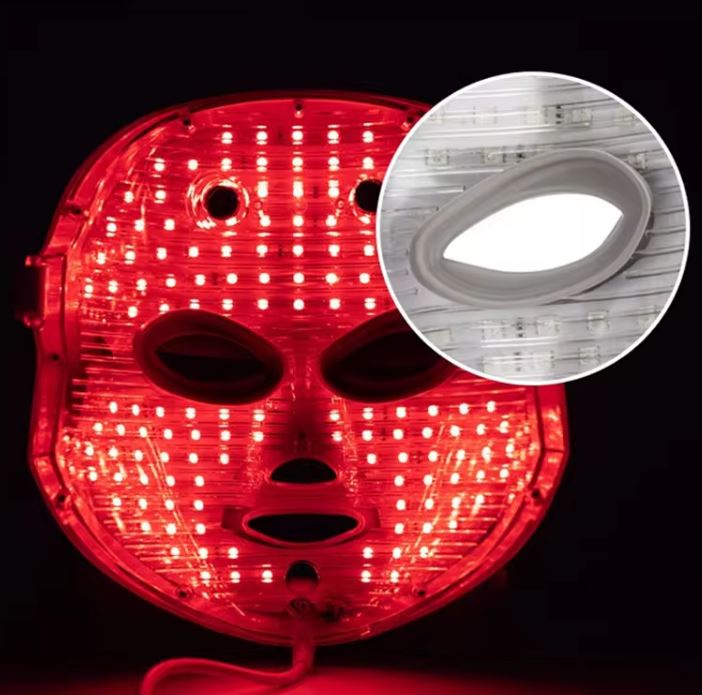
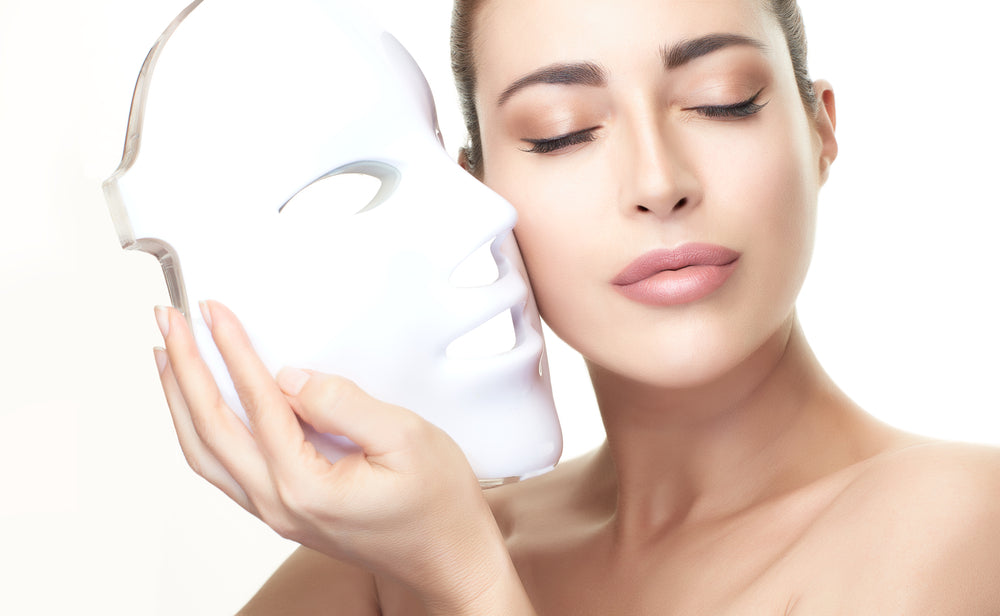
I had my eye on several other similar devices that were quite pricey! This LED mask was great value and highly effective. I noticed a reduction in redness from Rosacea after a week and after two weeks noticed. A difference in my skin texture and radiance.
I haven’t been using the mask very long. So no big difference. But mask is comfortable.and I have choices of different lighting colors.
Good quality device, took ten days to arrive though. My husband is using it more than me. Husband says strap could be slightly longer for big manheads.
Let customers speak for us
from 108 reviewsThanks, got the facemask for free with this deal. Quite happy, can't wait to see resuts.

I have used teloskin products before, but happy with this September deal. Thanks.








